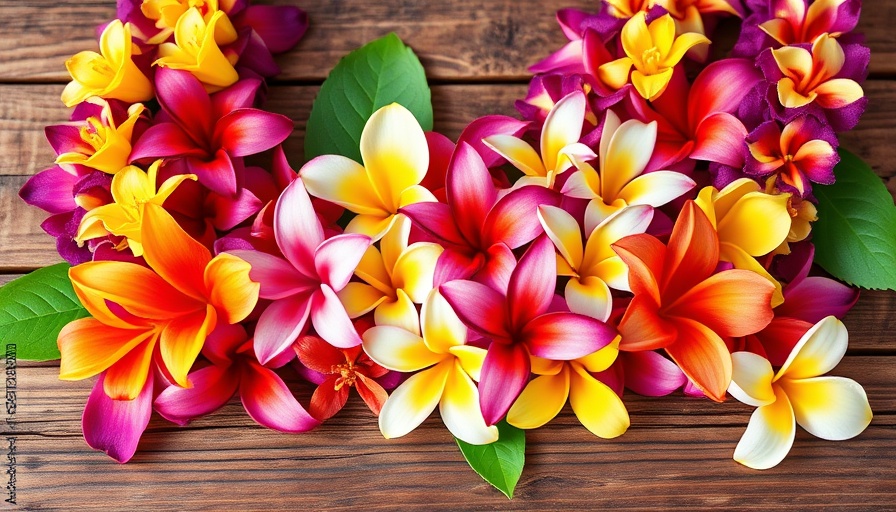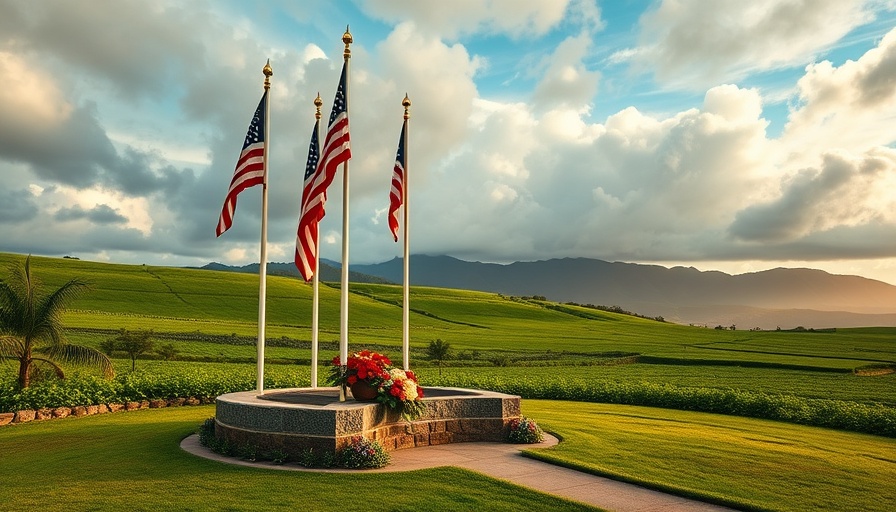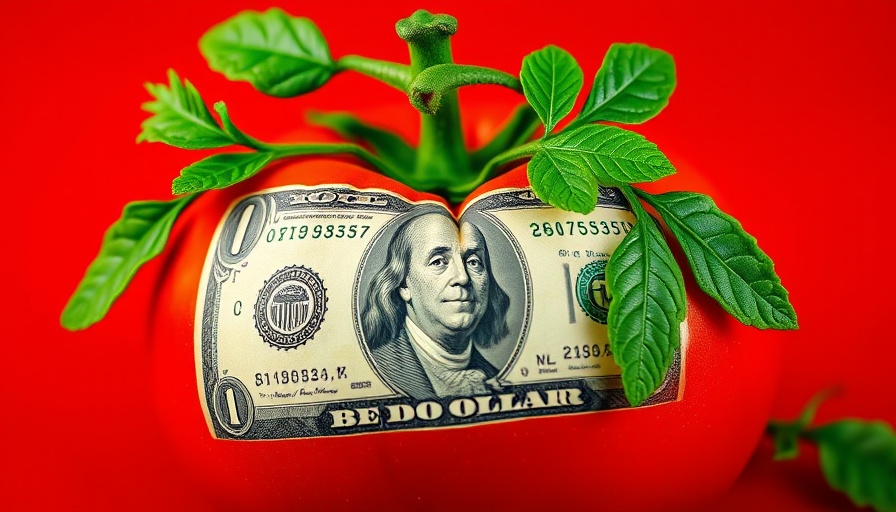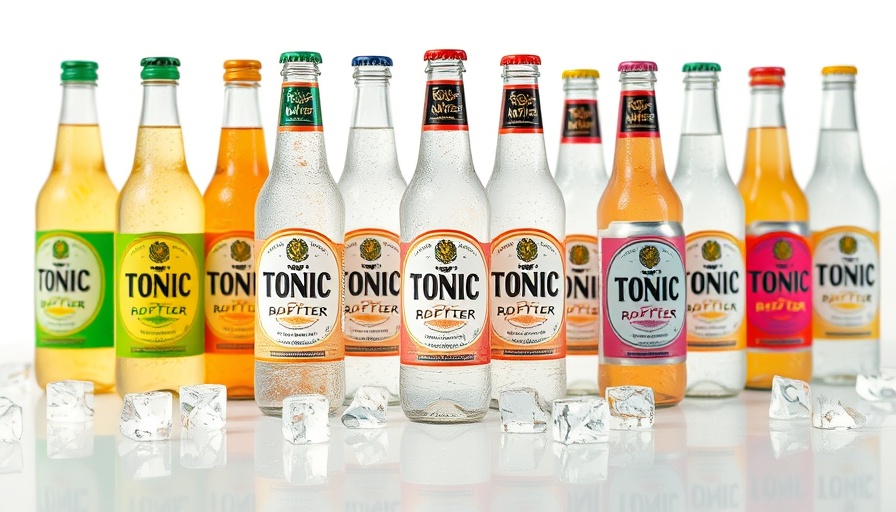
The Deep Roots of Hawaiian Lei and Food Traditions
More than mere adornments, Hawaiian lei encapsulate a rich cultural heritage that connects Native Hawaiians to their ancestors, land, and food traditions. For the Kanaka Maoli, the significance of lei transcends beauty; they represent the essence of being rooted in ‘āina, or land, and intertwined with their unique foodways. This connection is particularly poignant amid the challenges posed by modern agricultural practices, which threaten the very plants and traditions that have sustained Hawaiian culture for centuries.
Understanding the Cultural Importance of Lei
Every Hawaiian island boasts its own distinct forms of lei, often tailored to the indigenous flora that defines the landscape. Evolving through oral traditions, these garlands serve not only as symbols of beauty but also as representations of the islands' unique culinary histories. For instance, the lei hala of Ni'ihau is traditionally made from pandanus and signifies moments of transition, reflecting the island’s arid conditions and the cultural ties to love and relationships. Kaua’i’s pua mokihana, an aromatic flower, has become increasingly rare—a reminder of the fragility of native species in Hawaii's ecosystems.
Revitalization Efforts Amidst Agricultural Changes
The agricultural landscape of Hawaii has drastically changed due to industrial farming, notably sugar cane and pineapple monoculture, leading to food deserts and the decline of endemic plants. However, a new wave of lei, medicinal, and hula practitioners is working tirelessly to revitalize native species. By delving into their ancestral knowledge and promoting methods of sustainable harvesting, these practitioners are nurturing both the land and communal ties. Engaging in lei-making workshops and planting initiatives throughout public and private spaces showcases an inspiring return to Hawaiian herbal traditions.
The Sensory Connection: Fragrance, Taste, and Memory
Sensory experiences play a crucial role in the cultural matrix of Hawaii. The scents of lei made from aromatic flowers evoke memories and a sense of place, linking individuals to their heritage. The fragrant blossoms utilize a combination of culinary herbs and medicinal plants, such as ‘ilima from O'ahu or the highly prized limu līpoa ‘o Kalehuawehe, which serves as both a lei and a nourishing food for chiefs, embodying the resistance against cultural erasure. Understanding these intertwining senses—the sweetness of a flower's scent, the taste of a traditional dish—builds appreciation among digital nomads for the uniqueness of Hawaiian culture.
Hawaiian Food Culture and Its Global Resonance
In an era of globalization, Hawaiian food traditions present a unique perspective on culinary sustainability and heritage. As many digital nomads explore the food culture around the world, immersing themselves in local practices, Hawaii’s approach of intertwining spirituality, agriculture, and community sets an example worth emulating. The revival of local flavors and the consumption of native plants foster connections not only among residents but also with visitors seeking authenticity. When tasting a plate of poi or a dish prepared with local ingredients, the flavors reflect a history steeped in resilience and knowledge.
Exploring Local Cuisine: Become a Part of the Story
Travelers drawn to Hawaii have the opportunity to not just experience its culinary offerings but also to contribute to the preservation of these practices. By engaging in local classes that focus on traditional lei-making, farming practices, or even participating in community gatherings centered around local food, digital nomads can forge connections to a culture that thrives on storytelling and sustainability. This involvement not only enriches their experience but also supports efforts to keep these invaluable traditions alive.
Reflecting and Activating Change
The connection between lei and food traditions embodies a profound means of expressing identity and cultural values in Hawaii. Understanding this relationship goes beyond aesthetics; it is about acknowledging the wisdom of the land and fostering respect for nature. As more individuals become aware of these traditions, it is imperative to support local practices that safeguard the cultural and ecological heritage of Hawaii. Together, we can work towards a future that honors the intricate tapestry of Hawaiian identity while nourishing both people and the planet.
 Add Row
Add Row  Add
Add 




Write A Comment